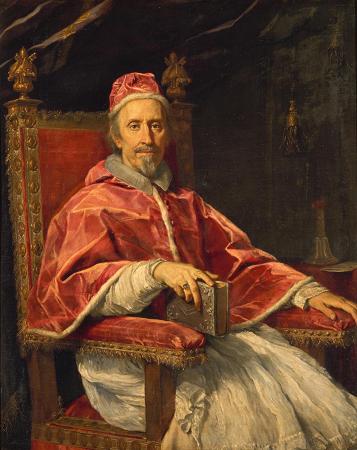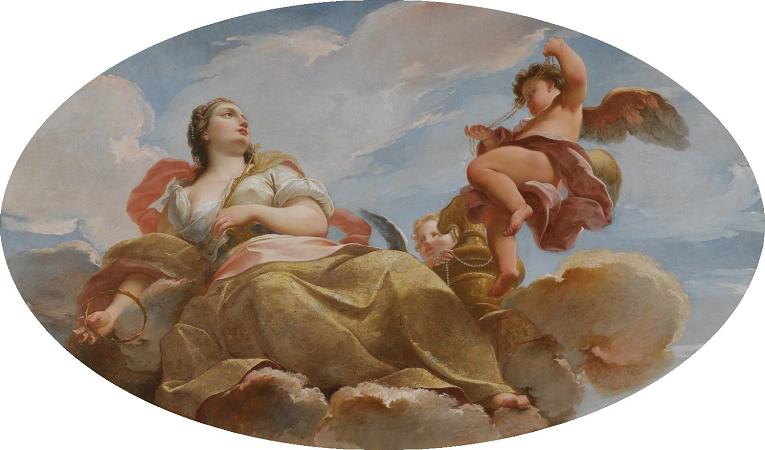Antonio Balestra (1666 - 1740). Antonio Balestra was an Italian painter of the Rococo period. Born in Verona, he first apprenticed there with Giovanni Zeffio. By 1690 he moved to Venice, where he worked for three years under Antonio Bellucci, then moved to Bologna and then to paint in Carlo Maratta's workshop in Rome. In 1694, he won a prize from the Accademia di San Luca. He later painted both in Verona and Venice; although his influence was stronger in the mainland. His pupils in Verona were Pietro Rotari and Giambettino Cignaroli. In Venice, he painted for the churches of the I Gesuiti and San Zaccaria, and the Scuola della Carita. Pietro Longhi briefly worked under Balestra. In Venice, other pupils or painters he influenced, included Mariotti, Giuseppe Nogari, Mattia Bortoloni and Angelo Trevisani. Also he influenced a young Giambattista Pittoni. Among his pupils from Verona were Domenico Pecchio, Domenico Bertini, and Carlo Salis. In painting, Balestra was staid and reactionary. Wittkower quotes the distaste of Balestra in 1733 for the tendency of then-modern painters to deviate from enshrined standards of academic painting: All the present evil derives from the pernicious habit, generally accepted, of working from the imagination without having first learned how to draw after good models and compose in accordance with good maxims. No longer does one see young artists studying the antique; on the contrary, we have come to a point where such study is derided as useless and obnoxious. He painted a Virgin and Infant, with Saints Ignatius and Stanislaus Kostka for the church of Sant'Ignazio at Bologna. He also painted for churches of Venice, Vicenza, Padua, Brescia, and Verona.
more...













